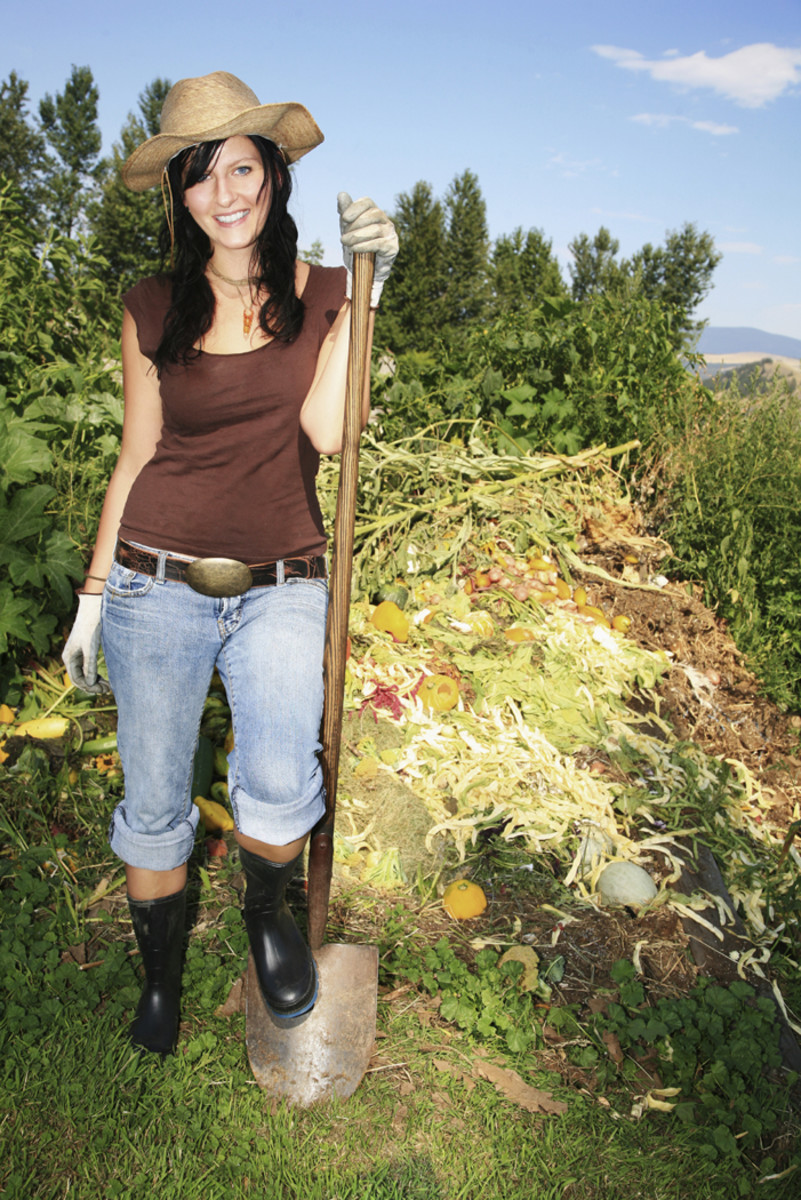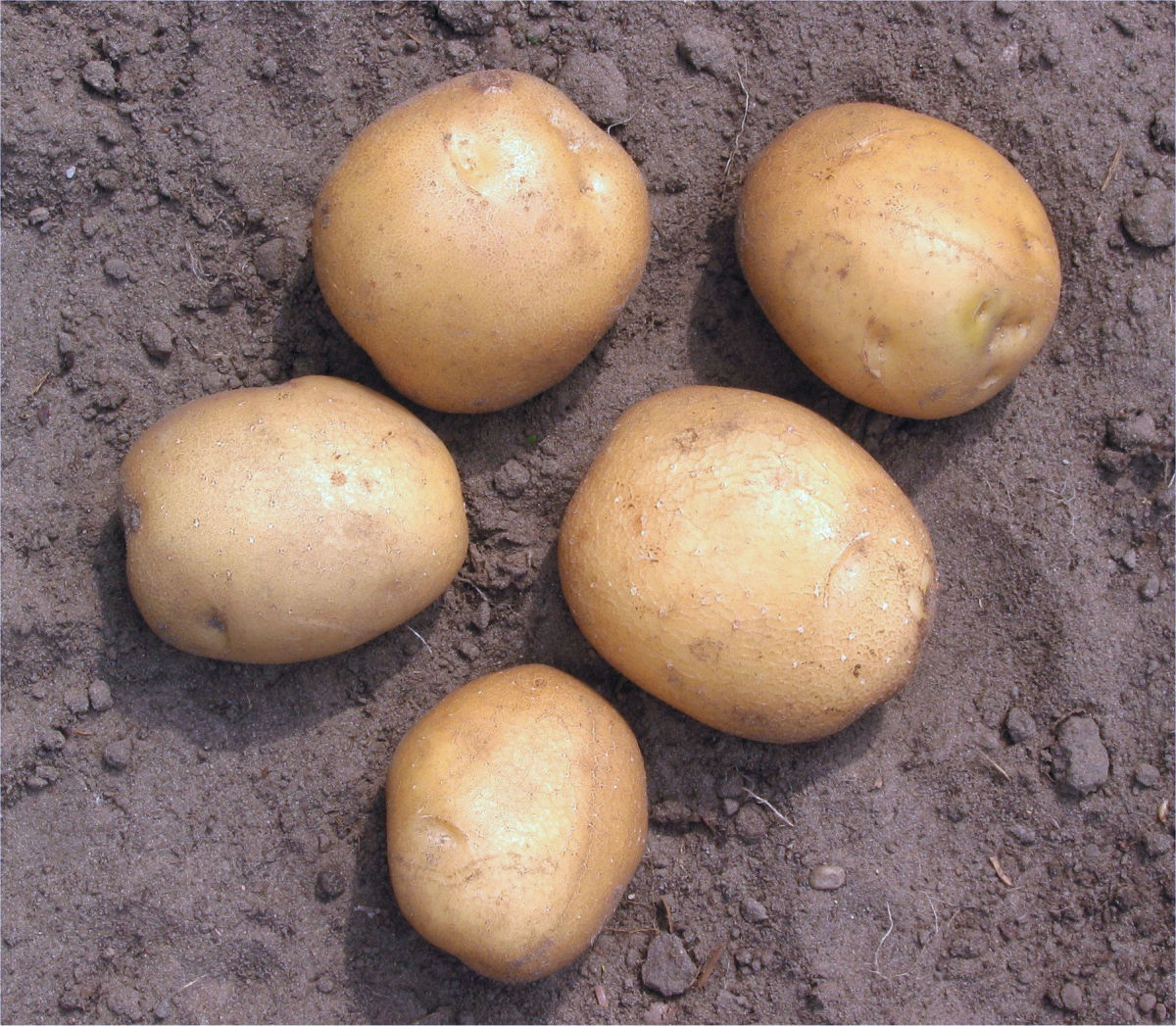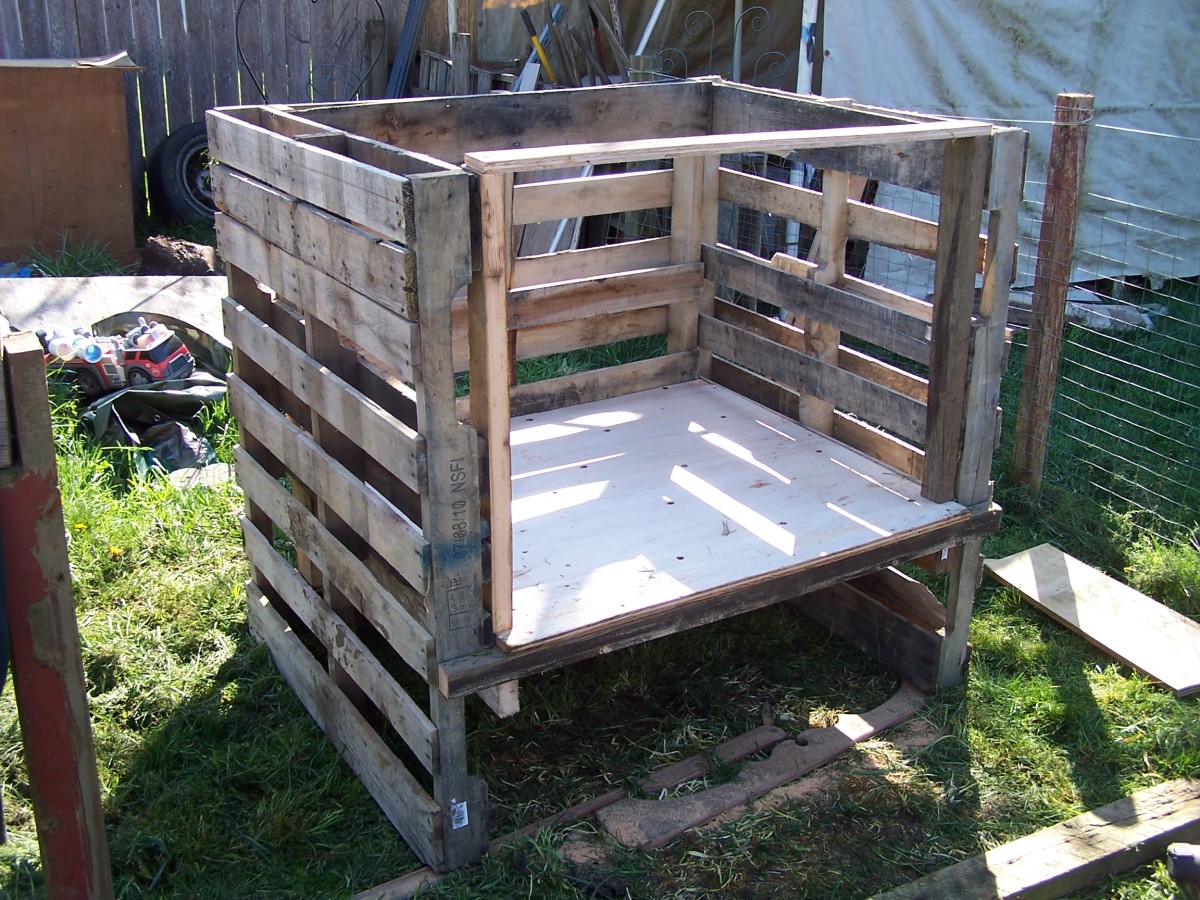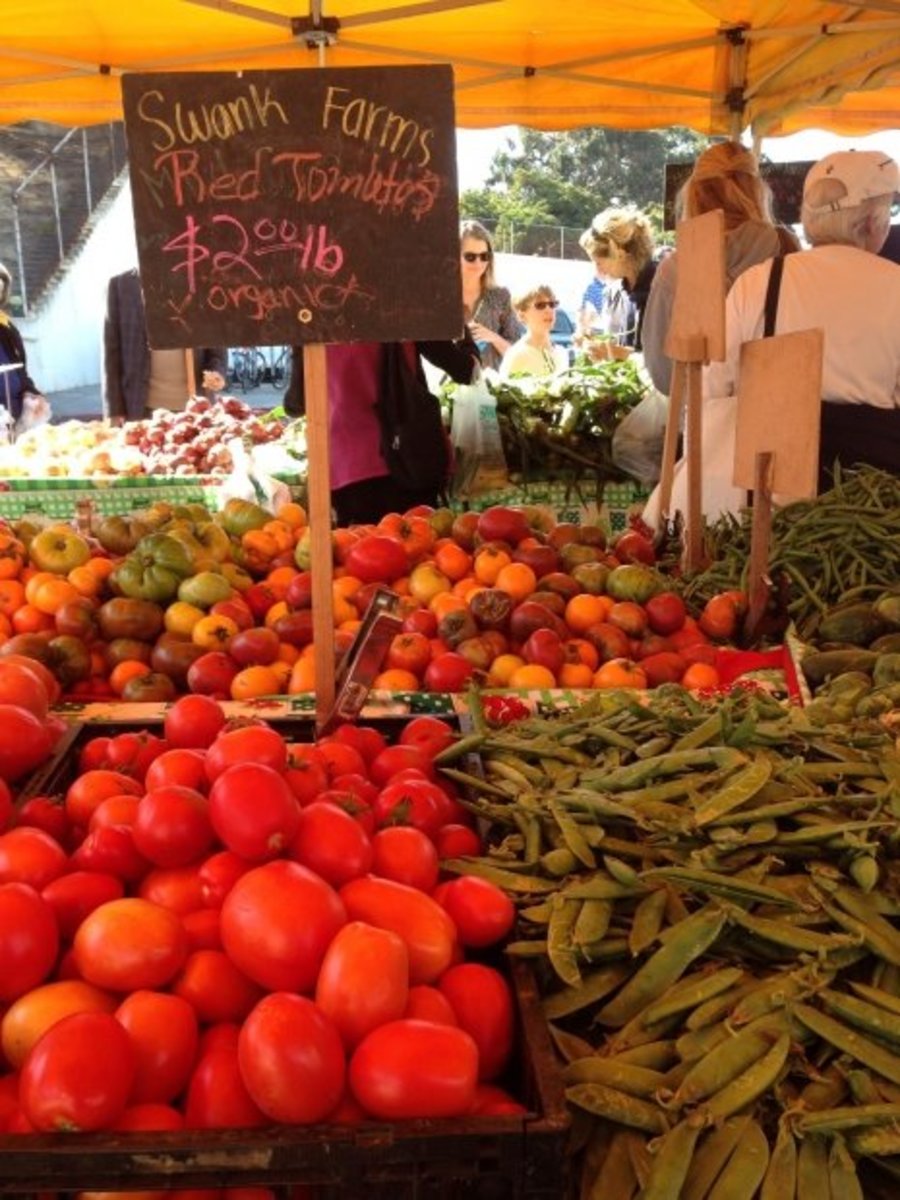How to Become a Successful Homesteader
A guide I've found very useful:
I see homesteading as more of a process than a “today you have become a homesteader” deal. Homesteading is a way of life that can come in little practices at a time. It’s about being more sustainable and self-reliant while also building community with your neighbors. Peak oil, the injustices of the global food system, climate change: these may be big picture modern reasons someone chooses to homestead. Fresh, wholesome and cheaper food, a greater connection to community and the seasons, a sense of self-reliance and pride at doing things yourself: these may be more immediate personal reasons someone chooses to homestead.
The success of a homesteader is dependent on the individual. What are your goals? Are you having fun? It can take a bit of time and energy at the get-go, so if you've just begun to explore homesteading be sure not to bite off more than you can chew. Take on just a few projects at a time and keep it fun!
Let’s look at some of the key practices of a homesteader. The internet abounds with in depth guides on each of these topics, but if you’re just getting started the list below will give you a general picture of what it is to homestead.
Windowsill garden
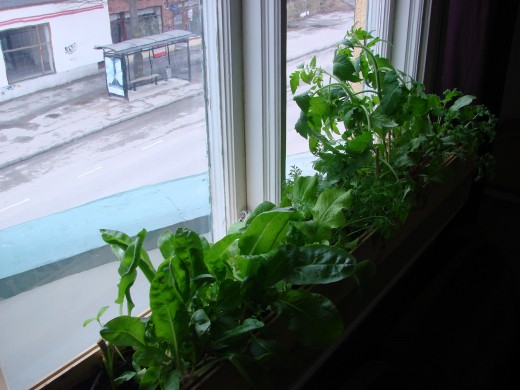
Grow Your Own Food
Homesteading is based in home food production. Being able to feed yourself is the ultimate path to self-reliance so homesteaders aim to source a portion of their food from their own garden. This also has many sustainability benefits because home gardening is far better for the environment than supporting the industrial agriculture food system.
1) Container gardens: if you think you don’t have enough space for a garden – think again! A windowsill is a great place for growing herbs, and a balcony, porch or stoop can fit several containers.
One lazy person's guide to container gardening: stand a sack of potting soil upright. Cut slits around it. Plant your seed or seedlings in the pockets made by the slits and watch it grow!
2) Raised beds: If you have even a small yard, this is the way to go. Rip up that lawn and turn it into an edible landscape with raised beds.
To make a raised bed you'll want to find some type of box to hold the soil together (you can build a simple one or use logs to loosely hold it in). Lay down cardboard on the ground to suppress weeds. Scatter rocks on top for drainage, then overlay it with soil. Organic soil may be hard to find at your local gardening store – but look for “OMRI Listed” (Organic Materials Review Institute. Or you can make your own soil with a combination of topsoil, compost, and sand. ATTRA is a sustainable agriculture website and details how to make your own soil.
Save Your Seeds
(This might be not as big of a deal if you’re only planting a few windowsill greens.)
Farmers have been saving their seeds since agriculture began - it allows them to choose their best faring crops and plant their offspring the next season. Saving seeds has increasingly become a political act however; as agricultural corporations patent more and more seeds they prohibit the farmers’ ability to self-sustain.
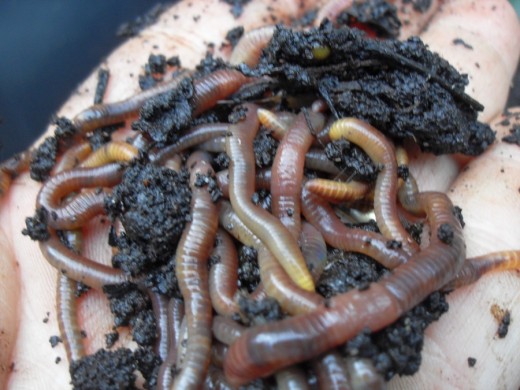
Recycle Your Organic Waste: Compost
Ensure the fertility of your soil year after year by composting your food waste. There are different methods of composting, and the internet is full of “How-to” pages. One method is to just get a large trashcan and punch holes in it for aeration and drainage. After every addition of food waste, also follow up with a layer of yard waste (leaves and wood chips for example), this keeps the ratio of carbon to nitrogen steady in your compost pile. Another method is vermiculture: composting with worms. Specifically you want red wriggler worms, which you can buy online or at a fish and bait shop.
Preserve Your Food: Gardening for Year Round Self-Sufficiency
1) Drying: Unless you live in a desert-like climate, you will probably need a food dehydrator.
2) Fermentation: you can ferment more than alcohol! Fermenting food also gives it new nutritional properties. Back in the day, this food preservation technique was used much more widely, but today we only know it in the form of sauerkraut and kimchi. All it involves is soaking the vegetable in a briny saltwater mixture and leaving it somewhere cool for a few weeks. (See Sandor Ellix Katz's seminal book: Wild Fermentation.)
3) Freezing: true you need adequate freezer space for this option, and it’s not the most energy friendly choice. But it does preserve the nutrients in the food extremely well. It works best with fruit.
4) Canning: This option needs to be done with great care, for risk of contracting botulism – a sometimes fatal food poisoning that is undetectable. The USDA National Center for Home Food Preservation gives scientifically detailed recipes that must be followed to avoid contamination.
A composting toilet
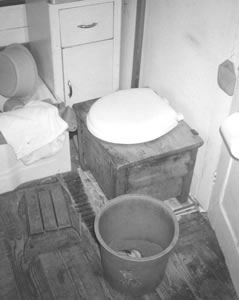
Reduce Your Energy and Water Use: Become less dependent on the grid
1) Transportation: Rely on your own two legs and bicycle! Save money on gas, reduce your climate impact, and get some exercise.
2) Catch rainwater and greywater (wastewater): This can be as simple as a rain barrel connected to a gutter, or a bucket in your shower used to collect excess water. Landscaping, whether it's for lawns or gardening, makes up a vast percentage of household water consumption, so pour this captured excess water right onto your plants.
3) Conserve water and energy: Use timers and meters and buy energy and water efficient appliances. Insulate your house. Adjust your habits, for example take shorter showers and hang dry your clothes.
Some homesteaders have replaced their flush toilet entirely with a composting toilet (see image).
4) Generate your own power: Install a photovoltaic solar panel, a solar hot water system, or a ground source heat pump. (This step takes quite a bit of financial investment, and thus is a "Homesteader Plus" action. However it's a necessary step for those aiming for the highest levels of self-sufficiency and sustainability.)
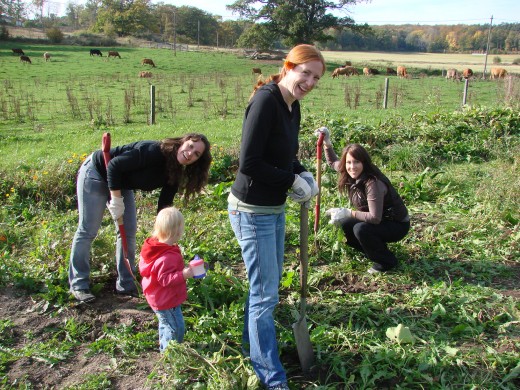
Connect with your neighbors and community
Humans were meant to live in communities. The pioneers never could have done it alone. So you don’t have to learn to do it all at once, and actually you never do (there’s too much to learn anyway!). Share vehicles, gardening tools, excess food, babysit each other’s kids, and lend your bike fixing talents in exchange for someone's canning knowledge.
If you don’t have like-minded neighbors, the online community of homesteaders is prolific. Check out these sites:
Kitchen Gardeners International
Mother Earth News: Modern Homesteading
Happy Homesteading!



